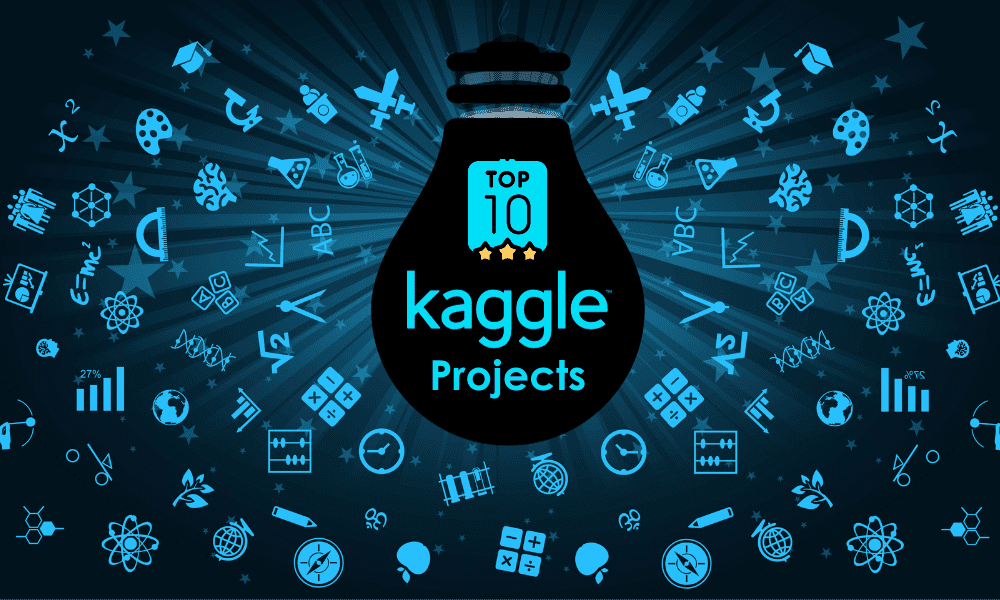
Image by Author | Ideogram
Reinforcement learning algorithms have been part of the artificial intelligence and machine learning realm for a while. These algorithms aim to pursue a goal by maximizing cumulative rewards through trial-and-error interactions with an environment.
Whilst for several decades they have been predominantly applied to simulated environments such as robotics, games, and complex puzzle-solving, in recent years there has been a massive shift towards reinforcement learning for a particularly impactful use in real-world applications — most notoriously in turning large language models (LLMs) better aligned with human preferences in conversational contexts. And this is where GRPO (Group Relative Policy Optimization), a method developed by DeepSeek, has become increasingly relevant.
This article unveils what GRPO is and explains how it works in the context of LLMs, using a simpler and understandable narrative. Let’s get started!
Inside GRPO (Group Relative Policy Optimization)
LLMs are sometimes limited when they have the task of generating responses to user queries that are highly based on the context. For example, when asked to answer a question based on a given document, code snippet, or user-provided background, likely to override or contradict general “world knowledge”. In essence, the knowledge gained by the LLM when it was being trained — that is, being nourished with tons of text documents to learn to understand and generate language — may sometimes misalign or even conflict with the information or context provided alongside the user’s prompt.
GRPO was designed to enhance LLM capabilities, particularly when they exhibit the above-described issues. It is a variant of another popular reinforcement learning approach, Proximal Policy Optimization (PPO), and it is designed to excel at mathematical reasoning while optimizing the memory usage limitations of PPO.
To better understand GRPO, let’s have a brief look at PPO first. In simple terms, and within the context of LLMs, PPO tries to carefully improve the model’s generated responses to the user through trial and error, but without letting the model stray too far from what its already known knowledge. This principle resembles the process of training a student to write better essays: while PPO wouldn’t want the student to change their writing style completely upon pieces of feedback, the algorithm would rather guide them with small and steady corrections, thereby helping the student gradually improve their essay writing skills while staying on track.
Meanwhile, GRPO goes a step beyond, and this is where the “G” for group in GRPO comes into play. Back to the previous student example, GRPO does not limit itself to correcting the student’s essay writing skills individually: it does so by observing how a group of other students respond to similar tasks, rewarding those whose answers are the most accurate, consistent, and contextually aligned with other students in the group. Back to LLM and reinforcement learning jargon, this sort of collaborative approach helps reinforce reasoning patterns that are more logical, robust, and aligned with the desired LLM behavior, particularly in challenging tasks like keeping consistency across long conversations or solving mathematical problems.
In the above metaphor, the student being trained to improve is the current reinforcement learning algorithm’s policy, associated with the LLM version being updated. A reinforcement learning policy is basically like the model’s internal guidebook — telling the model how to select its next move or response based on the current situation or task. Meanwhile, the group of other students in GRPO is like a population of alternative responses or policies, usually sampled from multiple model variants or different training stages (maturity versions, so to speak) of the same model.
The Importance of Rewards in GRPO
An important aspect to consider when using GRPO is that it often benefits from relying on consistently measurable rewards to work effectively. A reward, in this context, can be understood as an objective signal that indicates the overall appropriateness of a model’s response — taking into consideration factors like quality, factual accuracy, fluency, and contextual relevance.
For instance, if the user asked a question about “which neighborhoods in Osaka to visit for trying the best street food“, an appropriate response should primarily mention specific, up-to-date suggestions of locations to visit in Osaka such as Dotonbori or Kuromon Ichiba Market, along with brief explanations of what street foods can be found there (I’m looking at you, Takoyaki balls). A less appropriate answer might list irrelevant cities or wrong locations, provide vague suggestions, or just mention the street food to try, ignoring the “where” part of the answer entirely.
Measurable rewards help guide the GRPO algorithm by allowing it to draft and compare a range of possible answers, not all generated by the subject model in isolation, but by observing how other model variants responded to the same prompt. The subject model is therefore encouraged to adopt patterns and behavior from the higher-scoring (most rewarded) responses across the group of variant models. The result? More reliable, consistent, and context-aware responses are being delivered to the end user, particularly in question-answering tasks involving reasoning, nuanced queries, or requiring alignment with human preferences.
Conclusion
GRPO is a reinforcement learning approach developed by DeepSeek to enhance the performance of state-of-the-art large language models by following the principle of “learning to generate better responses by observing how peers in a group respond.” Using a gentle narrative, this article has shed light on how GRPO works and how it adds value by helping language models become more robust, context-aware, and effective when handling complex or nuanced conversational scenarios.
Iván Palomares Carrascosa is a leader, writer, speaker, and adviser in AI, machine learning, deep learning & LLMs. He trains and guides others in harnessing AI in the real world.



